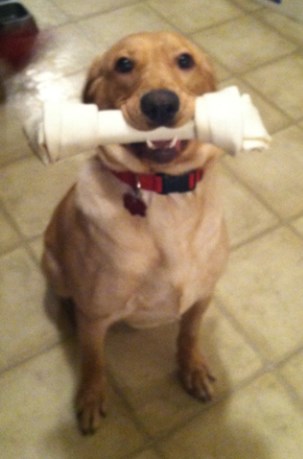
Everyone knows how stressful moving can be. And if you’ve hired Clemmer Moving you’ve just taken a great big step towards taking the stress out of your move!
But what about your furry friend? Your furry family member that doesn’t speak human and really has no idea what is going on? They can sense there is change happening. They detect that you may not be quite yourself. They thrive on love and routine and boy is theirs changing. Their daily walks, feeding times and sleep schedules can all change during this time as you prepare for your relocation.
Remember, moving is stressful for them too!
Here are some tips on how you can prepare your dear friend for their move as well. If you have any suggestions to share, leave them in the comments below.
1. Take them for a Veterinary visit. Your veterinarian is a wonderful source of information and resources about your upcoming move. Be sure to ask for your pets records while you’re there. Also, if your pet is not already, consider a microchip. Your pet could become disoriented by the move, and using micro-chipping and updated tags will be helpful in recovering a lost pet.
As part of preparing for your move check out local vets at your destination. Ask friends for referrals. You don’t want to arrive at your new home with a sick pet and not know the best doctor to take them too.
2. If your pet is not accustomed to car rides you may not know if your friend gets car sick and if he does….during a move would not be the best time to find that out. Start getting them acclimated to the car prior to your move. Take them in the car for trips other than just the doctor. It’s a good idea to withhold food for 7 hours if your pet does get motion sickness. Remember to provide them water during this time. Don’t forget about safety during travel as well. The best place for your pet during a car ride is his crate or a restraining harness.
Do not leave your pet alone in the vehicle…..ever.
3. Pack a separate bag for your buddy. Keep familiar toys, bedding and treats in it, as well as a gallon of water, because water characteristics change regionally. Keep this bag readily available and separate from your move boxes. At arrival in your new home he will have these items to make him feel secure and relaxed.
If you’re not able to relocate your home before you relocate your pet, have your movers setup first the room your pet spent most of his time in or slept in daily and keep him safely there.
4. Don’t forget about exercise. Daily exercise is important no matter what, but especially during a move. Just like a walk can clear your mind it will also do wonders for your pet.
5. On load day, if you’re able to have your pet stay at a friend’s house, that would be best. However, if that is not an option then seclude your pet to a room that they are familiar with & is quiet. Make this room the last room to be loaded if possible. Keep the door shut and check on them often. Take them for walks as well throughout the day to a place they are well acquainted with. Having a sense of normalcy will be comforting to them during all of this change. This will also protect them from darting out an open door or being stepped on.
6. At destination, immediately remove your animals from the car and segregate them in a single room allowing your pet to get accustomed to their new surroundings slowly. Make a full examination of the home before you let your animal out checking for any ways they may be able to escape the home or other hidden hazards that would be harmful to them. Open windows, chemicals, cords and drapes to name a few.
Moving with pets does not have to be a stressful experience. With these pet moving tips, you and your pet can enjoy a positive relocation experience, stress-free. The safety and health of your pet is most important during relocation. So, be sure that when moving with pets, these two aspects come first and foremost.
Subscribe to Clemmer Moving & Storage's Blog









